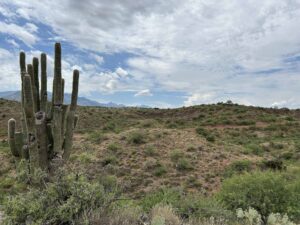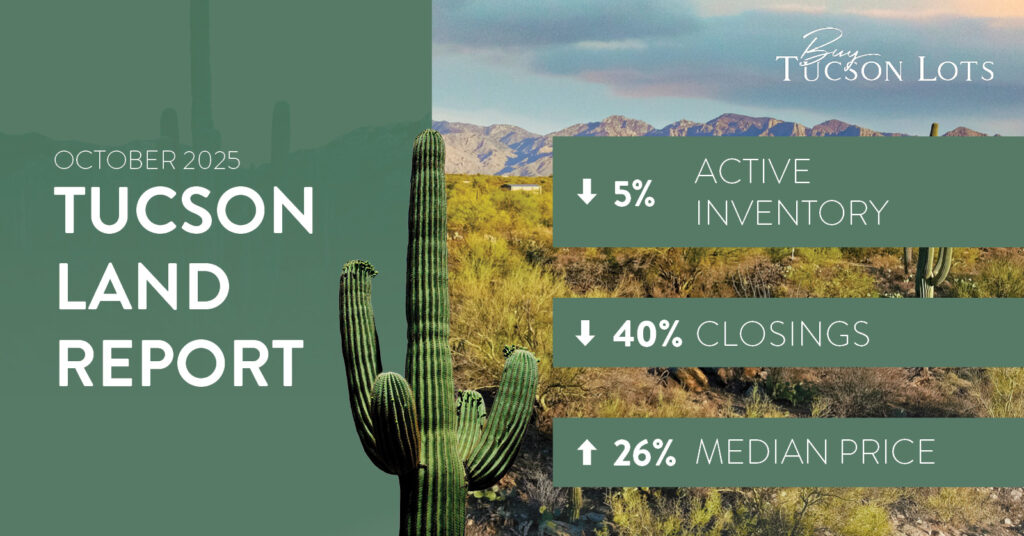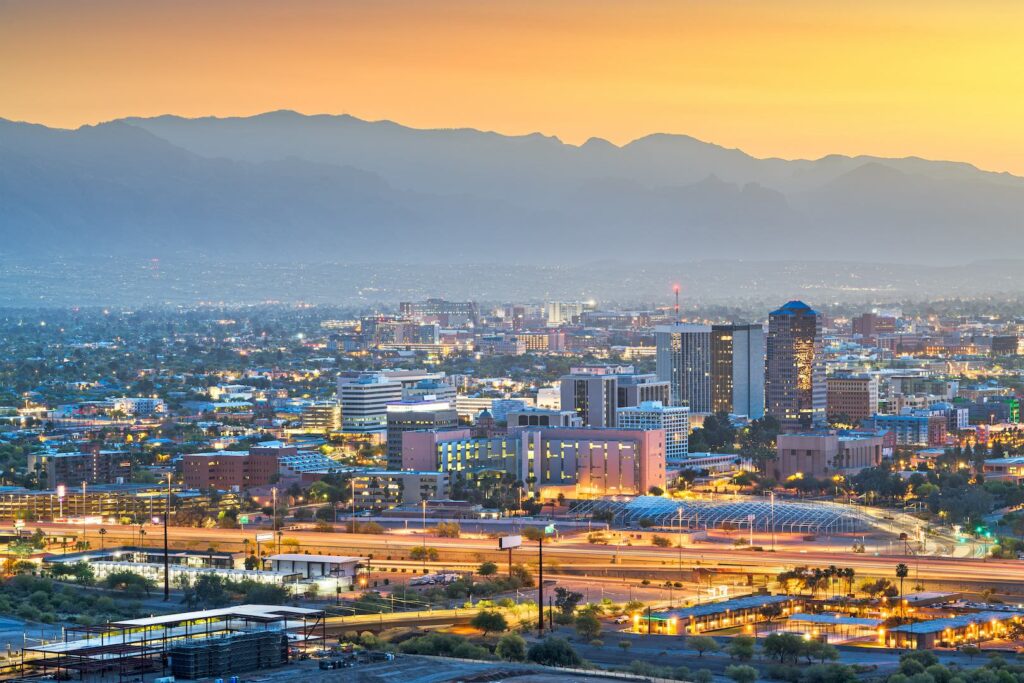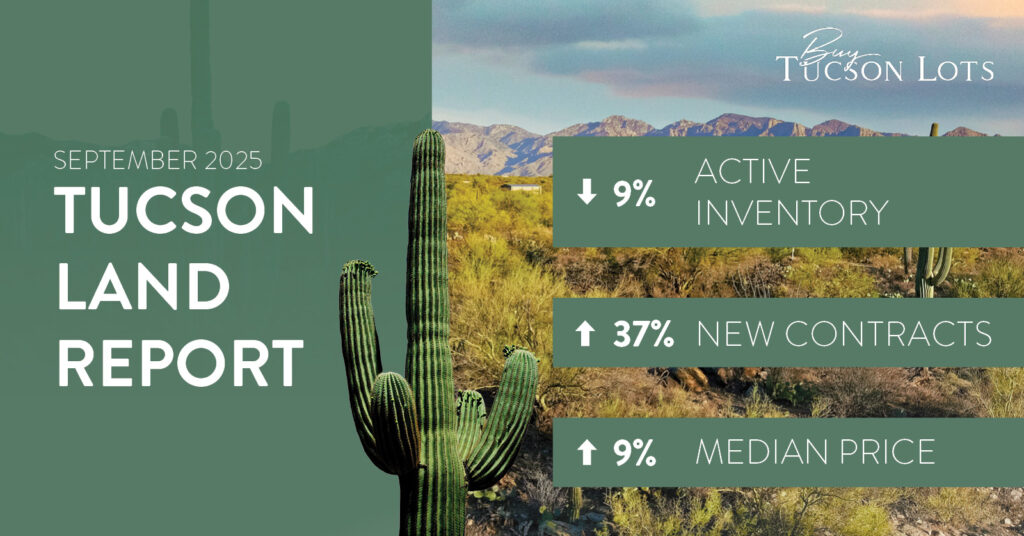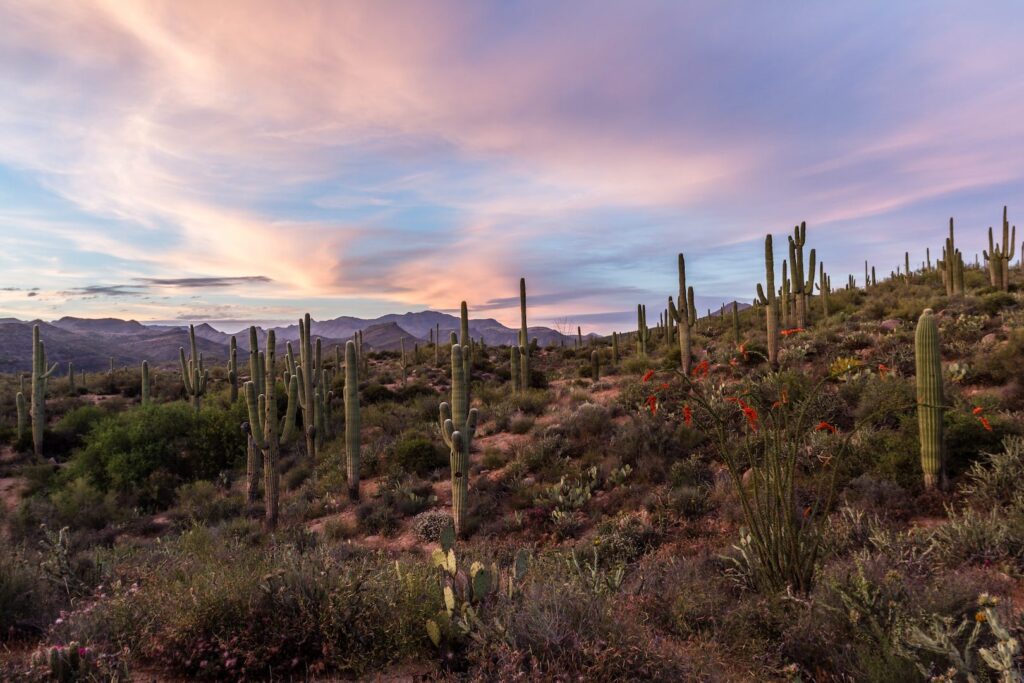One of the first questions I ask a prospective client is their preference for a flat or sloped lot. The majority of buyers seem to want a perfectly level site on which to build. It’s quicker, easier, certainly less costly to develop, allows for greater flexibility of home design, is more conducive to larger outdoor decks and yard areas, allows for easier access and driveways, allows for a “step free” environment which appeals to an older purchaser – the list goes on and on.
The problem is that they are becoming more difficult to find and much more expensive than a sloped lot when you do. Not everyone can afford to buy a perfectly flat in their preferred location and are forced to look for alternatives if they really want to build their own home. There is also a group of buyers who seek out and prefer land at the base of the mountains around the perimeter of Tucson. These frequently offer high, dramatic views of the entire Tucson basin, can be adjacent to National Forest land and generally have a considerable amount of slope. Other buyers prefer land with sloped or rolling topography and find this type of land more aesthetically pleasing to develop.
For these reasons I often show buyers land that falls under Pima County’s rules for hillside building, and that means understanding and abiding by the Hillside Development Zone (HDZ) regulations.
HDZ regulations were developed to create a set of rules that would balance our desire to preserve Tucson’s rugged beauty and at the same time allow us to live amidst and surrounded by this same beautiful terrain. It addresses the issues such as amount of slope, amount of disturbance, dedicated natural areas versus usable areas, protecting peaks and ridges, how to build, restoration of land and the like. Here’s how Pima County describes the purpose of these regulations taken directly from the County Land Use Code.
From the Hillside Development Overlay Zone (HDZ):
A. The purpose of this chapter is to establish standards for hillside areas which conserve and maintain the character, identity, and image of Pima County and promote the public health, safety, convenience and general welfare by:
Conserving the unique natural resources of hillside areas;
Permitting intensity of development (density) compatible with the natural characteristics of hillside terrain, such as steepness of slope and significant land forms;
Reducing the physical impact of hillside development by encouraging innovative site and architectural design, minimizing grading, and requiring more intense restoration of graded areas;
Minimizing disturbance of existing drainage patterns and soil erosion problems incurred in development alteration of hillside terrain;
Providing safe and convenient access to hillside development; and
Ensuring the efficient expenditure of public funds.
B. The purpose of the Hillside Development Manual, a companion document adopted by resolution of the board of supervisors, is to promote compliance with this chapter by establishing technical requirements, implementation standards, guidelines, and procedures.
In Part Two we dive into the details of the HDZ Overlay Zone.



